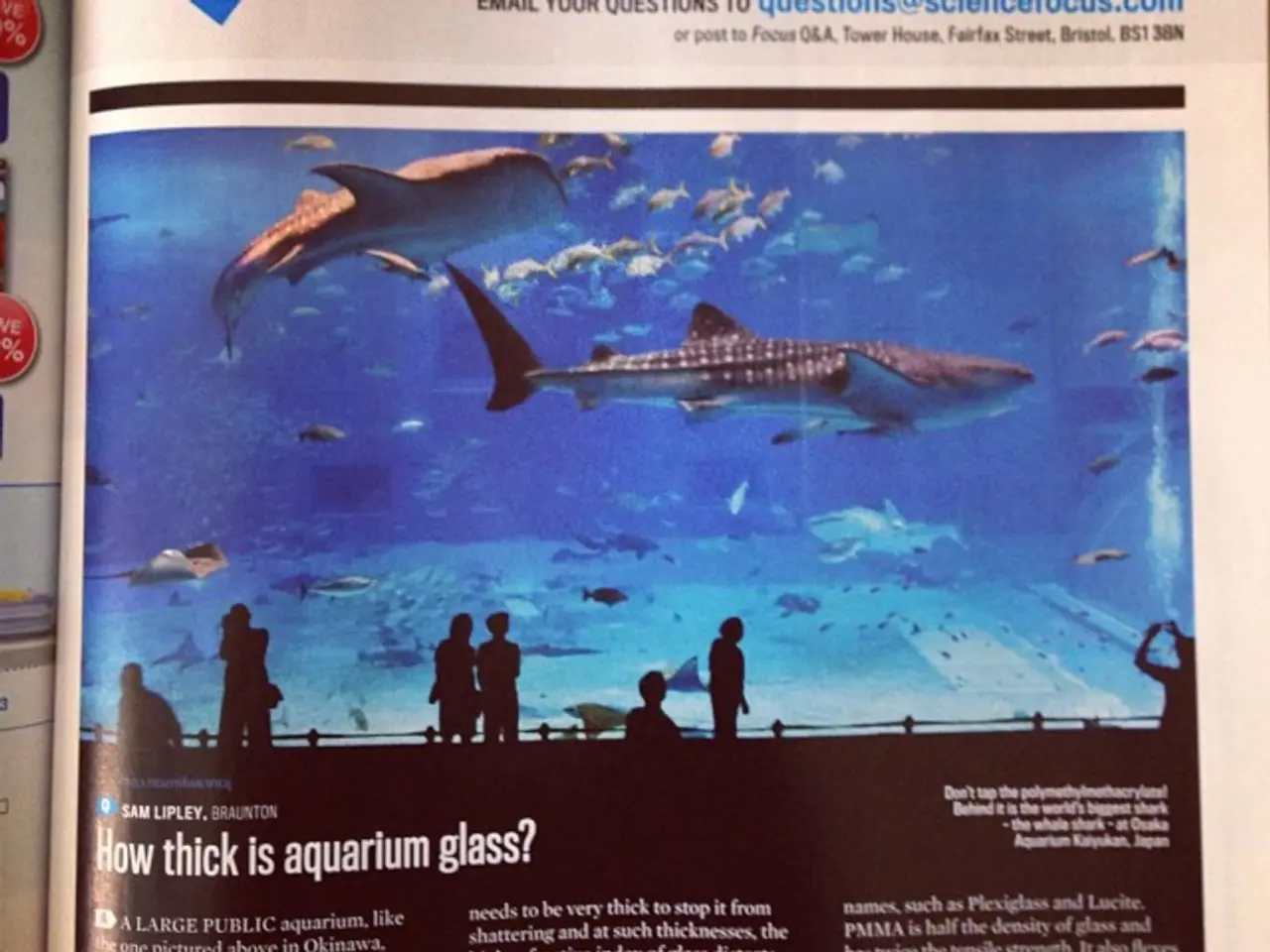The Significance of Fluent Guide Services in Amplifying Tourist Satisfaction at National Parks
In a bid to cater to the growing international audience and promote cultural understanding, several national parks in the United States have implemented multilingual guides. This initiative has proven to be beneficial, offering several advantages and creating a more inclusive environment for all visitors.
Yosemite National Park, for instance, collaborates closely with local communities, particularly Native American tribes, to incorporate their knowledge, stories, and perspectives into the multilingual interpretation programs. This approach ensures that the information shared is authentic and culturally sensitive, enriching the visitor experience.
Grand Canyon National Park, another popular destination, has taken a technological approach, implementing audio guides and mobile applications to offer translations and additional information in various languages. These tools have made it easier for visitors to access essential park information in their preferred language, thereby overcoming language barriers.
However, challenges in providing multilingual guides include language barriers and training and certification. To address these issues, national parks like Yellowstone, Grand Canyon, and Yosemite have established training and certification programs to ensure that multilingual guides provide accurate and reliable information.
Solutions to overcome language barriers include hiring multilingual staff and providing language interpretation services. Grand Canyon National Park, for example, developed a comprehensive training program for multilingual guides in collaboration with local educational institutions and cultural organizations. Yosemite National Park, on the other hand, recruited multilingual guides and provided them with specialized training to ensure informative and engaging tours.
The successful implementation of multilingual guides has led to improved communication, enhanced cultural understanding, and increased accessibility for all visitors. By addressing language barriers and promoting cultural understanding, multilingual guides at national parks such as Yellowstone, Grand Canyon, and Yosemite create a more inclusive and accessible environment for all visitors.
Moreover, multilingual guides can play a crucial role in enhancing visitor experiences at national parks. They can provide personalized explanations and storytelling, allowing visitors to connect more deeply with the park’s environment and heritage. The use of technology, such as translation devices, mobile applications, and interactive displays, can further assist in overcoming language barriers and enhancing the visitor experience.
In conclusion, providing multilingual guides in national parks offers several benefits. It helps overcome language barriers, making the park's natural and cultural information accessible to a broader international audience. It enhances visitor understanding and engagement, promotes inclusivity, and improves overall visitor satisfaction and experience. By minimizing confusion, enriching educational opportunities, and fostering a more welcoming environment for global travelers, multilingual guides contribute significantly to maximizing enjoyment and preservation awareness during visits.
- The landscape of Yosemite National Park is enriched by the knowledge and stories of local Native American tribes incorporated into their multilingual interpretation programs.
- Traveling to the Grand Canyon National Park is made easier with audio guides and mobile applications providing translations in multiple languages.
- Challenges in providing multilingual guides include language barriers and training, which national parks like Yellowstone, Grand Canyon, and Yosemite are addressing through training and certification programs.
- To create a more inclusive environment, national parks like Yosemite recruit multilingual guides and provide them with specialized training for informative and engaging tours.
- Multilingual guides at national parks contribute to improved communication, enhancing cultural understanding, and increased accessibility for all visitors.
- Hiking through the trails of Yellowstone National Park becomes a deeper experience when one listens to a multilingual guide's personalized explanations and storytelling.
- The environment at national parks becomes more accessible with the use of technology, such as translation devices and interactive displays, to overcome language barriers.
- Camping in a national park becomes a richer lifestyle experience with multilingual guides providing insights into the park's fauna and flora.
- The history of the United States' national parks is made more accessible to an international audience through the implementation of multilingual guides.
- Exploring the cliffs and canyons of a national park becomes more engaging with a multilingual guide's detailed information about the park's natural features.
- The implementation of multilingual guides in national parks not only improves visitor satisfaction but also fosters a more welcoming environment for global travelers.
- Visiting a national park as a destination becomes an unforgettable experience when one can connect with the park's heritage and environment in their own language with the help of a multilingual guide.




